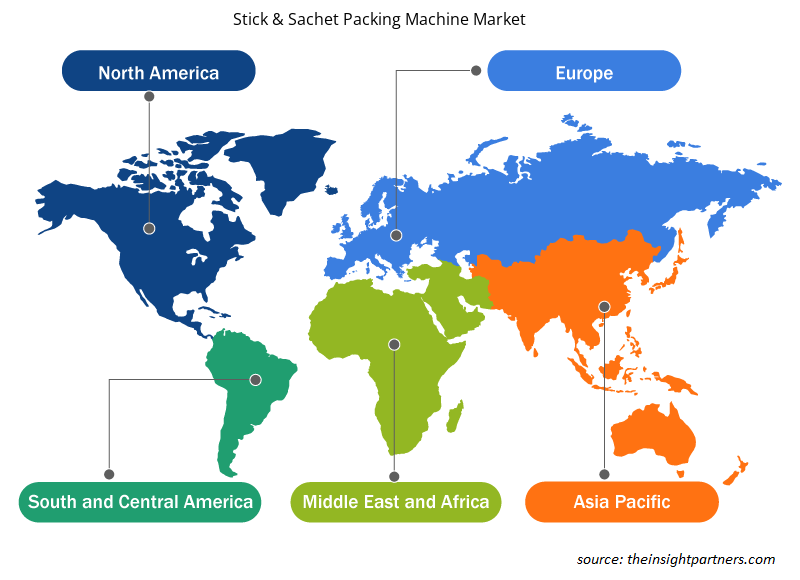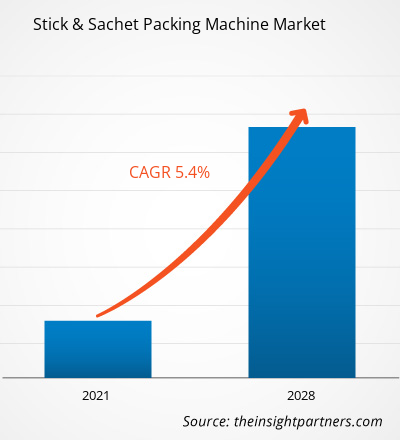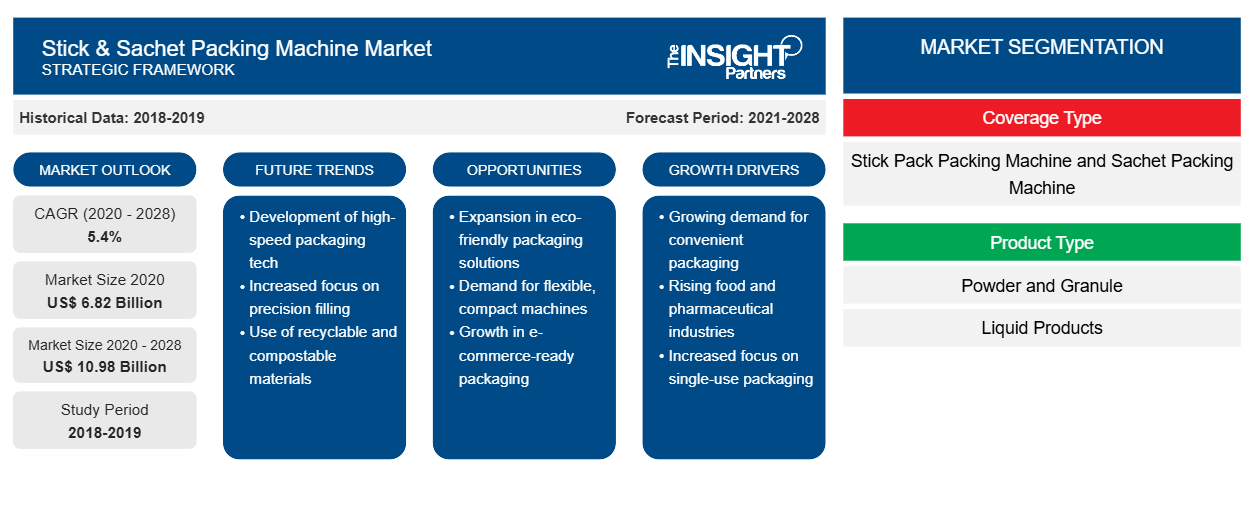2020 年,条形和小袋包装机市场价值为 68.1938 亿美元,预计到 2028 年将达到 109.7892 亿美元。预计预测期内复合年增长率为 5.4%。
全球工业化进程加快、消费者对包装产品的偏好不断提高、食品和饮料行业的增长、对提供智能维护服务的日益关注以及包装工艺的高度优化,这些因素都可能在预测期内推动该市场的增长。在上述预测中,电子商务行业的发展和增强分销渠道的普及为全球棒状和小袋包装机市场的增长提供了大量机会。
全球棒状和小袋包装机市场生态系统的主要利益相关者是原材料供应商、棒状和小袋包装机制造商以及最终用户。原材料供应商是市场的初始利益相关者,因为他们提供各种金属,例如钢、低碳钢、塑料、玻璃增强塑料 (GRP) 和黑色金属。这些材料可提高组件的质量,从而提高性能和使用寿命。
定制此报告以满足您的需求
您可以免费定制任何报告,包括本报告的部分内容、国家级分析、Excel 数据包,以及为初创企业和大学提供优惠和折扣
-
获取此报告的关键市场趋势。这个免费样品将包括数据分析,从市场趋势到估计和预测。
COVID-19 大流行对条形和小袋包装机市场的影响
COVID-19 疫情对全球制造企业产生了不利影响,但全球条形和小袋包装机市场相对未受影响。大多数包装公司已全面投入运营,产能有所提高,而一些公司仍计划增加产量。另一方面,主要制造商计划使用新技术标准化设备,以促进市场销售。
此外,受影响最严重的国家(例如中国、意大利北部、德国和美国)的生产流程仍在顺利运行,支持了全球条形和小袋包装机市场的增长。
全球棒状和小袋包装机市场洞察
整体设备效率 (OEE) 技术
包装机需要与上游制造流程集成,这导致了多个行业的自动化技术的发展。整体设备效率 (OEE) 技术用于精益包装操作以控制包装过程。精益包装操作现在被广泛使用,因为对包装食品、连续药物和治疗的需求增加,以及对品牌产品的高支出,这加速了全球棒状和小袋包装机市场的发展。此外,印度、印度尼西亚、中国和美国的电子商务企业正在引入精益包装实践,大大刺激了对棒状和小袋包装机的需求。
软包装正变得越来越受欢迎,比其他类型的包装更受欢迎。它包括市场发展和增长动力,例如电子商务、数字印刷和可持续性。客户愿意为软包装带来的独特产品功能支付高价。根据软包装协会的数据,超过 60% 的北美消费者愿意为有形和功能性的包装优势支付更多费用,例如产品保护、运输友好性和供应链效率。这些因素预计将扩大棒状和小袋包装机市场。
基于类型的全球棒状和小袋包装机市场洞察
根据类型,全球棒状和小袋包装机市场分为棒状包装机和小袋包装机。2020 年棒状包装机市场价值为 40.2608 亿美元,预计到 2028 年将达到 66.8656 亿美元,预测期内复合年增长率为 5.7%。
基于产品类型的全球棒状和小袋包装机市场洞察
根据产品类型,全球棒状和小袋包装机市场细分为粉末和颗粒、液体产品和其他。 2020 年,粉末和颗粒部分以 55.6% 的份额领先市场。 预计到 2028 年将占整个市场的 57.3%。
条状及小袋包装机
条形和小袋包装机市场区域洞察
Insight Partners 的分析师已详细解释了预测期内影响条形和小袋包装机市场的区域趋势和因素。本节还讨论了北美、欧洲、亚太地区、中东和非洲以及南美和中美洲的条形和小袋包装机市场细分和地理位置。

- 获取条形和小袋包装机市场的区域特定数据
条状和小袋包装机市场报告范围
| 报告属性 | 细节 |
|---|---|
| 2020 年市场规模 | 68.2 亿美元 |
| 2028 年市场规模 | 109.8亿美元 |
| 全球复合年增长率(2020 - 2028) | 5.4% |
| 史料 | 2018-2019 |
| 预测期 | 2021-2028 |
| 涵盖的领域 |
按保险类型
|
| 覆盖地区和国家 |
北美
|
| 市场领导者和主要公司简介 |
|
条形和小袋包装机市场参与者密度:了解其对业务动态的影响
由于消费者偏好的不断变化、技术进步以及对产品优势的认识不断提高等因素,终端用户需求不断增加,推动了条形和小袋包装机市场快速增长。随着需求的增加,企业正在扩大其产品范围,进行创新以满足消费者需求,并利用新兴趋势,从而进一步推动市场增长。
市场参与者密度是指在特定市场或行业内运营的企业或公司的分布情况。它表明在给定市场空间中,相对于其规模或总市场价值,有多少竞争对手(市场参与者)存在。
在条形和小袋包装机市场运营的主要公司有:
- ARANOW 包装机械,SL
- Ingeniería de Envasado Vertical SL
- IMA-Ilapak
- 柯尔柏股份公司
- Matrix 包装机械有限公司
免责声明:上面列出的公司没有按照任何特定顺序排列。

- 了解棒状和小袋包装机市场主要参与者概况
基于最终用户的全球棒状和小袋包装机市场洞察
根据最终用户,全球棒状和小袋包装机市场分为食品和饮料、制药、化学品、化妆品和其他。食品和饮料部门在 2020 年的价值为 26.2718 亿美元,预计到 2028 年将达到 41.1879 亿美元。
全球条形和小袋包装机市场的参与者采用各种策略,例如合并、收购和市场举措,以保持竞争力。以下列出了主要市场参与者的一些最新发展:
- 2021 年,ARANOW Packaging Machinery, SL 与 AlliedFlex Technologies 合作,通过处理条形包装机械产品线来促进北美的销售。
- 2022 年,Syntegon Technology GmbH 将通过用于研磨咖啡和咖啡豆的 PMX 包装机扩展其咖啡包装机产品组合。PMX 机器可用于不同的包装形式。此外,PMX 还可处理可回收的单一材料,并通过状态监测减少能源和材料使用。
全球条状和小袋包装机市场中的公司简介
- ARANOW 包装机械,SL
- Ingeniería de Envasado Vertical SL
- IMA-Ilapak
- 柯尔柏股份公司
- Matrix 包装机械有限公司
- MESPACK,SL
- OMAG 有限公司
- SmartPac 包装机械有限公司
- 星德科技术有限公司
- 环球包装有限公司
- 历史分析(2 年)、基准年、预测(7 年)及复合年增长率
- PEST和SWOT分析
- 市场规模、价值/数量 - 全球、区域、国家
- 行业和竞争格局
- Excel 数据集
客户评价
购买理由
- 明智的决策
- 了解市场动态
- 竞争分析
- 客户洞察
- 市场预测
- 风险规避
- 战略规划
- 投资论证
- 识别新兴市场
- 优化营销策略
- 提升运营效率
- 顺应监管趋势























 获取免费样品 - 条状和小袋包装机市场
获取免费样品 - 条状和小袋包装机市场